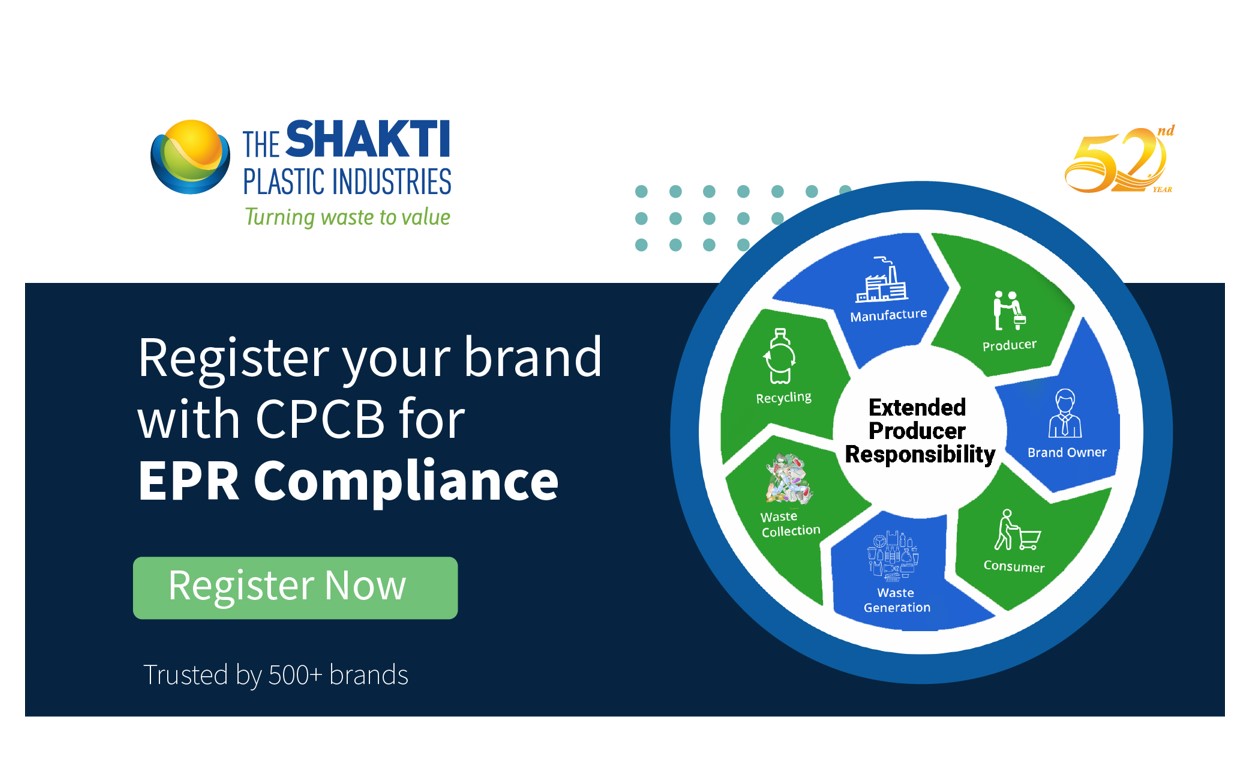When it comes to water in Box Hill South, we don’t muck around. Whether you’re after triple-staged distilled water or demineralised water, getting a top-notch water treatment system is a game-changer. If you want pure, clean H₂O that’s safe to drink, cook with, or even give your garden a good soaking, then you’re in the right place, mate.
Triple-Staged Distilled Water: The Cleanest You Can Get

Ever wondered what it’s like to drink water as pure as the driven snow? Well, triple-staged distilled water is about as close as you can get. This isn’t just your run-of-the-mill distilled water—it goes through not one, not two, but three stages of purification, leaving you with nothing but the cleanest, crispest H₂O you’ll ever come across.
Why bother with all that purification, you ask? Well, if you’re in the game of chemistry, or you’re just a bit particular about what you’re putting in your body, then this is the gold standard. It’s also perfect for sensitive appliances that need pristine water to work at their best, like lab equipment or medical devices. Triple-staged distilled water is also a top pick for those who like their coffee machine or steam iron running like a dream, without any mineral build-up clogging things up.
Demineralised Water: Cleaner Water for a Sustainable Life
If you’re not as fussy about getting ultra-pure water but still want something better than what’s coming out of your taps, demineralised water is a great option. It’s stripped of minerals like calcium and magnesium, which, while harmless, can cause some serious headaches when it comes to appliances and cleaning.
Demineralised water is a bit of an all-rounder. You’ll find it handy for everything from washing your car and windows to filling up your kettle or steam iron. And because it doesn’t leave any mineral residue behind, your gear will thank you. Fewer deposits mean less maintenance, and who doesn’t want to dodge a trip to the repair shop?
In fact, this kind of water is particularly handy for industries that rely on perfectly clean water—think car washes, HVAC systems, or even your backyard pool. No more hard water stains, just a sparkling clean result every time.
Why Proper Water Treatment’s the Go
We all know water is life, but have you ever thought about how much difference proper water treatment can make? When you’ve got a water treatment system in place, you’re not just making your water taste better—you’re also giving your home’s plumbing and appliances a fighting chance. Scale build-up in pipes can be a real pain, and those minerals can even shorten the lifespan of your gear.
With well-treated water, you’re also playing the long game when it comes to sustainability. Clean water means your appliances run more efficiently, using less energy and lasting longer. That’s good for your wallet, and it’s pretty great for the environment, too. Fewer repairs and replacements mean less waste heading to landfill, and that’s always a win in the sustainability stakes.
Looking After Your Water in Box Hill South
So, what’s the takeaway? If you’re keen on improving your water quality and giving your home or business the best, a solid water treatment setup in Box Hill South can make all the difference. Whether you’re chasing that high-end triple-staged distilled water or need a steady supply of demineralised water for everyday use, investing in the right treatment system will give you cleaner, healthier, and better-tasting water.
And let’s be honest—who wouldn’t want their water to be as clear as a billabong on a sunny day?



















